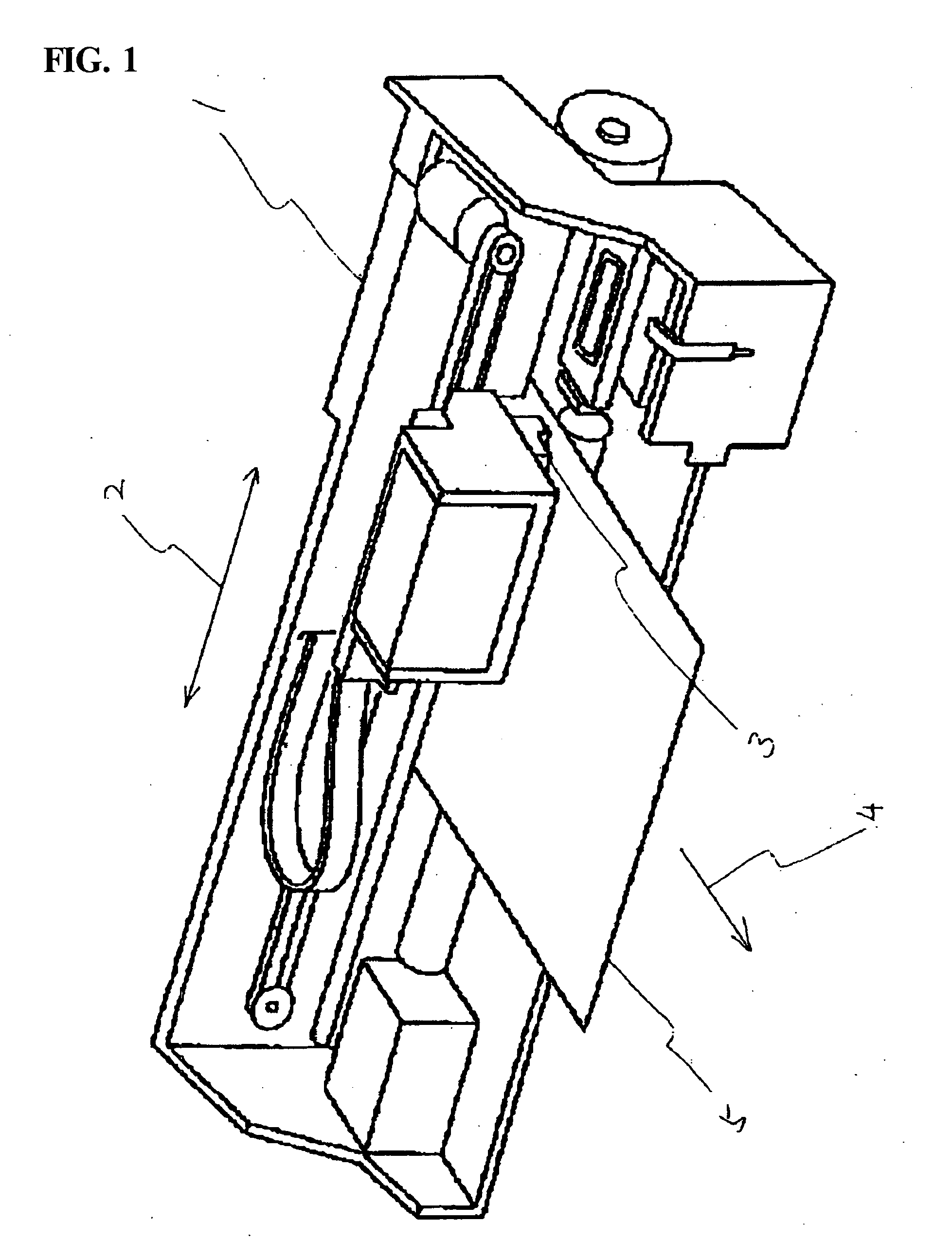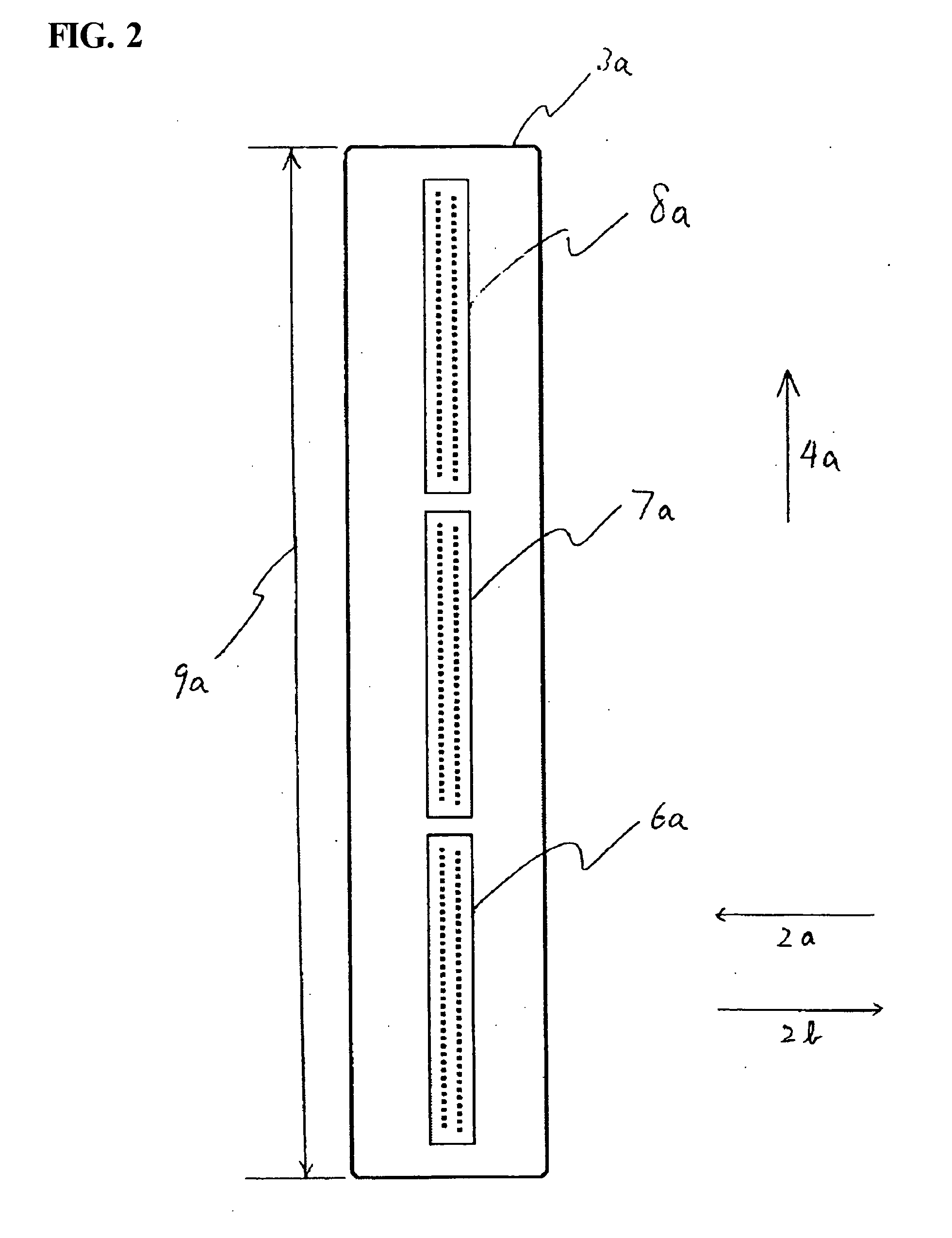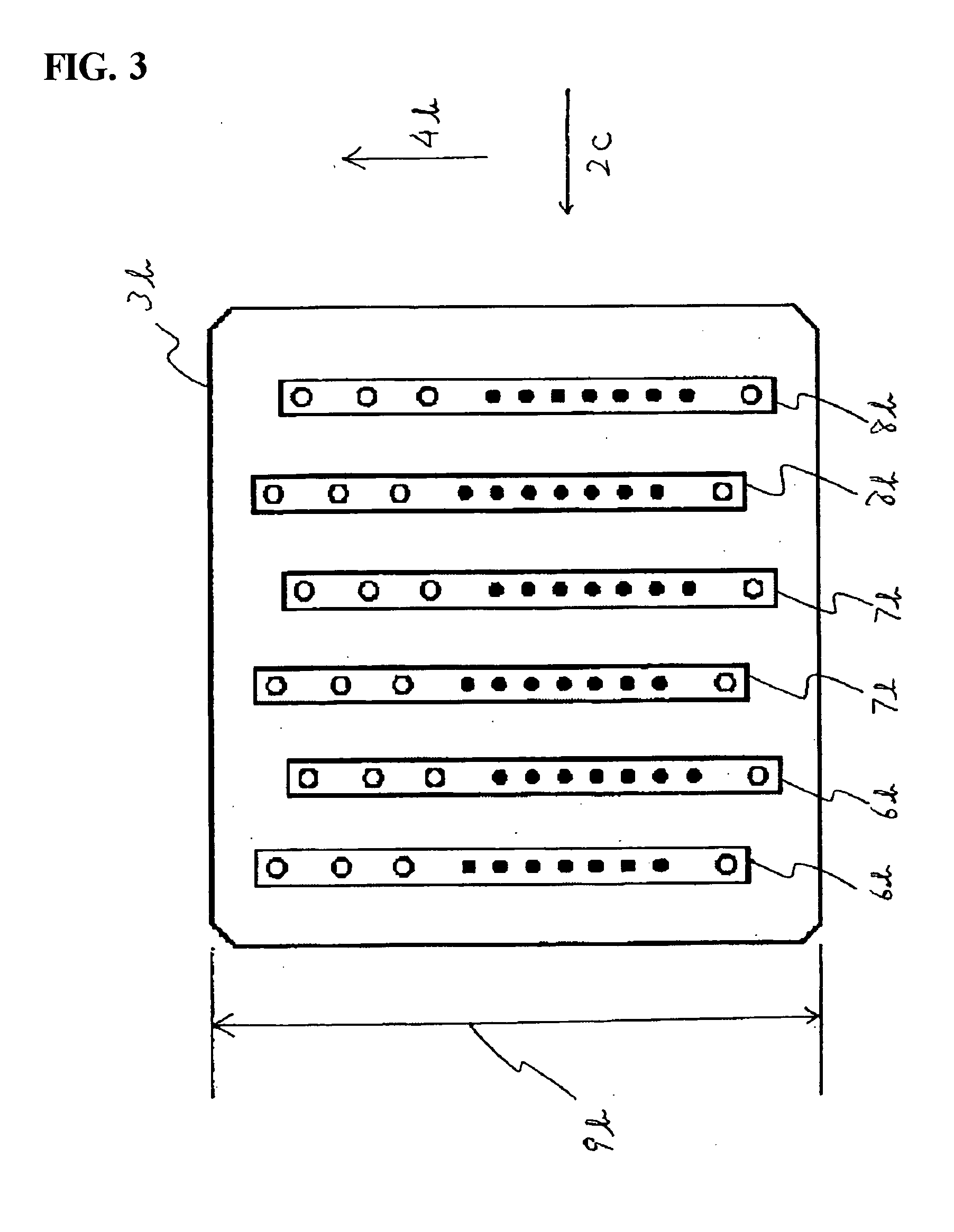Inkjet Recording Ink
a technology of inkjet and recording ink, which is applied in the field of inkjet recording ink, can solve the problems of poor preservation stability of ink, unsatisfactory permeability to paper, and inability to fix ink, and achieve excellent storage stability and discharge stability, high glossiness on gloss paper, and high coloration
- Summary
- Abstract
- Description
- Claims
- Application Information
AI Technical Summary
Benefits of technology
Problems solved by technology
Method used
Image
Examples
examples
[0117] The present invention will be more specifically explained with reference to the following examples. However, the present invention is not limited to these examples, and various changes can be carried out without departing from the spirit of the present invention.
example i
Example I-1
[0118] After carrying out nitrogen replacement of the interior of a separable flask of 2000 ml equipped with a stirrer, a reflux tube, a thermometer and a dripping funnel, 200.0 parts by weight of diethylene glycol monomethyl ether was placed in the separable flask and heated to 80° C. while being stirred. Then, 200.0 parts by weight of diethylene glycol monomethyl ether, 483.0 parts by weight of cyclohexyl acrylate, 33.3 parts by weight of methacrylic acid, 25.2 parts by weight of acrylic acid, and 4.8 parts by weight of t-butylperoxy(2-ethylhexanoate) were placed in the dripping funnel, and the resultant solution was dripped into the separable flask at 80° C. over a period of 4 hours to carry out a reaction. After the completion of the dripping, the separable flask was held at 80° C. for 1 hour, and 0.8 parts by weight of t-butylperoxy (2-ethylhexanoate) was then added into the separable flask. Furthermore, the reaction was carried out at 80° C. for 1 hour. The diethyl...
example i-2
[0121] An ink of composition example 2 shown in Table I-1 was produced in the same manner as in Example 1, except that 483.0 parts by weight of benzil acrylate was used in place of 483.0 parts by weight of cyclohexyl acrylate and 0 parts by weight of methacrylic acid and 50.4 parts by weight of the acrylic acid were used. After taking a part of the polymer composition solution and drying the polymer composition solution in an ignition drier of 105° C. for 1 hour, the acid value of the solid of the obtained polymer composition for the ink jet ink was 60 mgKOH / g, and the weight average molecular weight thereof was 32000.
PUM
| Property | Measurement | Unit |
|---|---|---|
| acid value | aaaaa | aaaaa |
| acid value | aaaaa | aaaaa |
| particle diameter | aaaaa | aaaaa |
Abstract
Description
Claims
Application Information
 Login to View More
Login to View More - R&D
- Intellectual Property
- Life Sciences
- Materials
- Tech Scout
- Unparalleled Data Quality
- Higher Quality Content
- 60% Fewer Hallucinations
Browse by: Latest US Patents, China's latest patents, Technical Efficacy Thesaurus, Application Domain, Technology Topic, Popular Technical Reports.
© 2025 PatSnap. All rights reserved.Legal|Privacy policy|Modern Slavery Act Transparency Statement|Sitemap|About US| Contact US: help@patsnap.com



